Table of Contents


Contents | 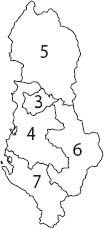
|
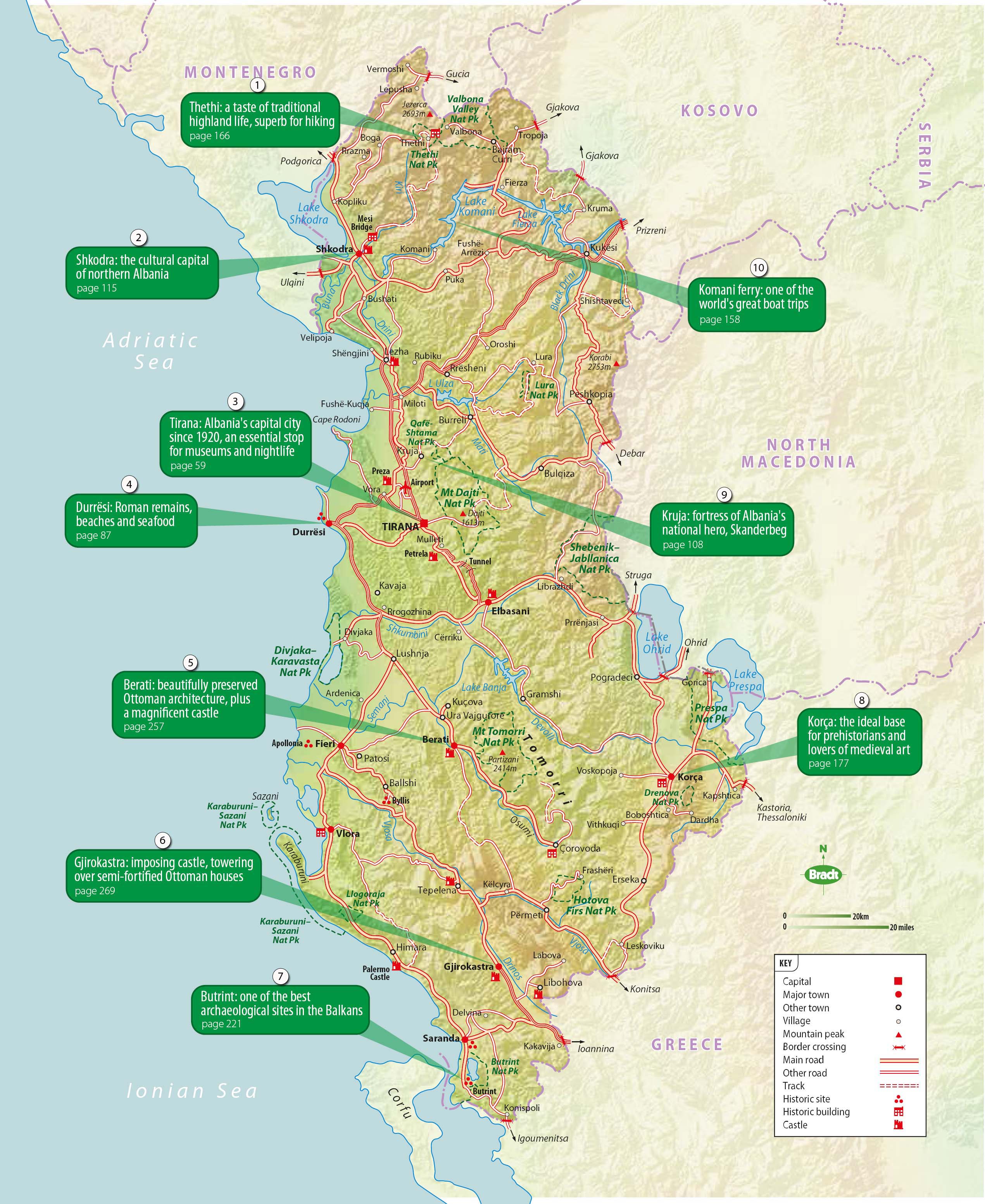
Click on the links below for highlights |
HOW TO USE THIS GUIDE
AUTHORS FAVOURITES Finding genuinely characterful accommodation or that unmissable off-the-beaten-track caf can be difficult, so the author has chosen a few of her favourite places throughout the country to point you in the right direction. These authors favourites are marked with  .
.
PRICE CODES Throughout this guide we have used price codes to indicate the cost of those places to stay and eat listed in the guide. For a key to these price codes, see for restaurants.
MAPS
Keys and symbols Maps include alphabetical keys covering the locations of those places to stay, eat or drink that are featured in the book. Note that regional maps may not show all hotels and restaurants in the area: other establishments may be located in towns shown on the map.
Grids and grid references Several maps use gridlines to allow easy location of sites. Map grid references are listed in square brackets after the name of the place or site of interest in the text, with page number followed by grid number, eg: [ C3].
A NOTE ABOUT PLACE NAMES Albanian has two forms of every place name. The definite form is that used in the text of this book. The indefinite form is used on road signs and maps. The forms are usually similar enough to be easily recognisable; a glossary on of this book lists the definite and indefinite forms of those towns or districts that are less obvious.
The name Kosovo is used in this book for the state that borders Albania to the northeast. The Albanian form of its name is Kosova (indefinite Kosov). It declared its independence on 17 February 2008; at the time of going to press, its sovereign status has not been recognised by the United Nations. The country that borders Albania to its east, whose official name is the Republic of North Macedonia, is referred to in this book as North Macedonia.
EXTRACTS The excerpts on are from Bradts first guide to Albania, Peter and Andrea Dawsons Albania: A Guide and Illustrated Journal, which charted their travels in the country towards the end of the communist period. First published by Bradt in 1989, this book is now out of print.
The extracts of Albanian folk tales on are translated (by me) from the versions by Mitrush Kuteli, first published in 1965 as Tregime t Mome Shqiptare and republished in Tirana in 1998 by Shtpia Botuese Mitrush Kuteli.
Albania
Dont miss

Communist heritage
Vloras Independence Monument is an imposing bronze cast in the Socialist Realist style (o/S)
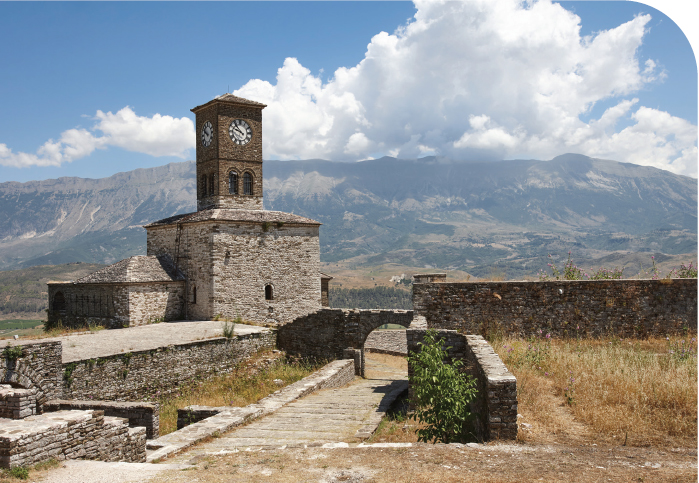
Gjirokastra
The restored clock tower is an icon of this beautiful Ottoman town (k/S)

Thethi
The lock-in tower in Thethi was used during negotiations to resolve blood-feuds (GG)
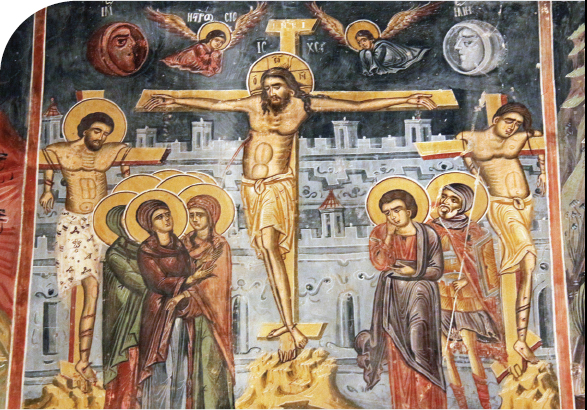
Orthodox frescoes
The beautifully restored frescoes in Shelcani were painted in 1554 by the great Albanian icon-painter Onufri (DD)
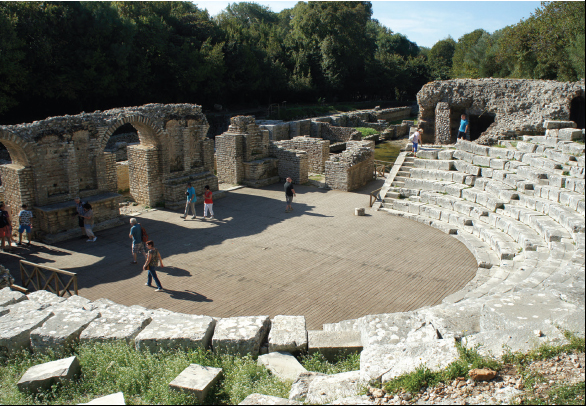
Butrint
The theatre at Butrint, still used for drama festivals, was built in the 2nd century BC (V/S)
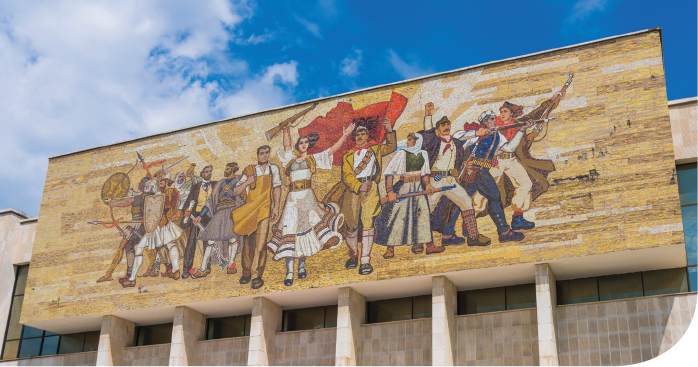
Warriors, intellectuals and workers rally around Mother Albania in the 1981 mosaic above the National Historical Museum (p/S)
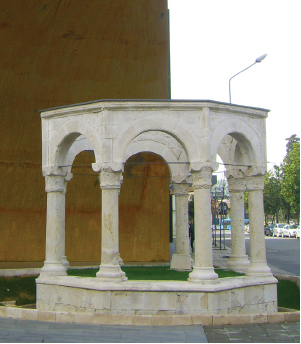
Tirana is full of surprises; this Bektashi shrine, the Tyrbe of Kapllan Pasha, nestles below a modern business hotel (GG)

The Mosque of Ethem Bey dates from the 18th century and is one of the best-preserved old buildings in the capital, with frescoes inside and out (f/S)

The Tanners Bridge is one of the few remnants of Tiranas Ottoman past (JG/S)
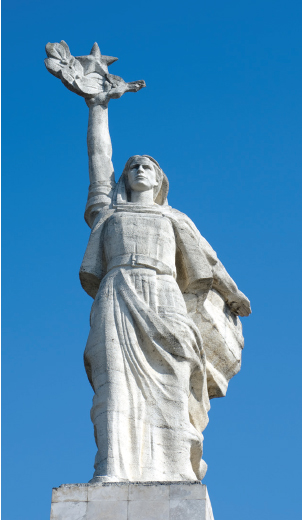
The statue of Mother Albania looks down over Tirana from the Martyrs Cemetery (o/S)

Tirana retains a handful of communist sites, such as BunkArt 2 a museum housed in a bomb-proof tunnel (p/S)
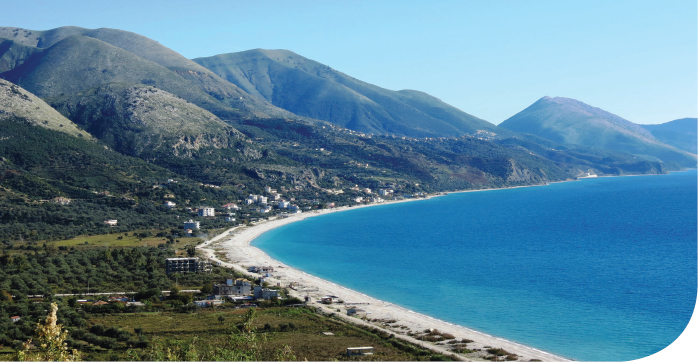
Borshi is one of many superb beaches found along Albanias Riviera (AL)
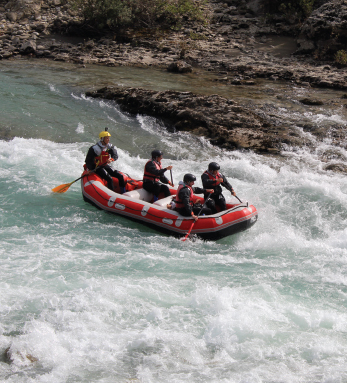
Rafting is popular on the crashing waters of both the Vjosa and Osumi rivers (VE) pages
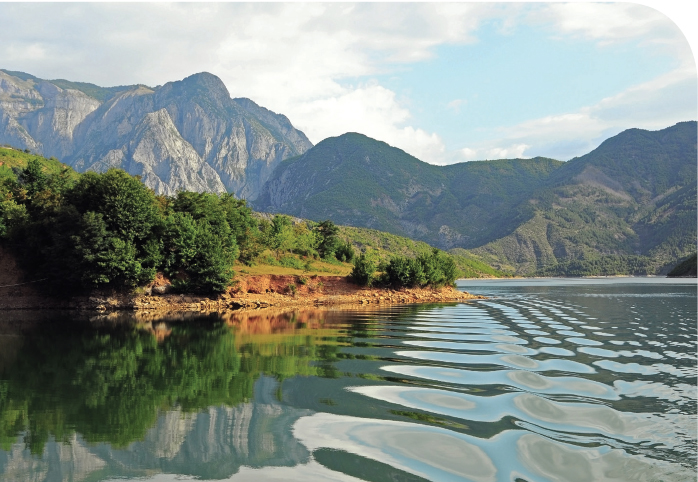
The boat-trip along Lake Komani is a highlight of any visit to northern Albania (PW/S)
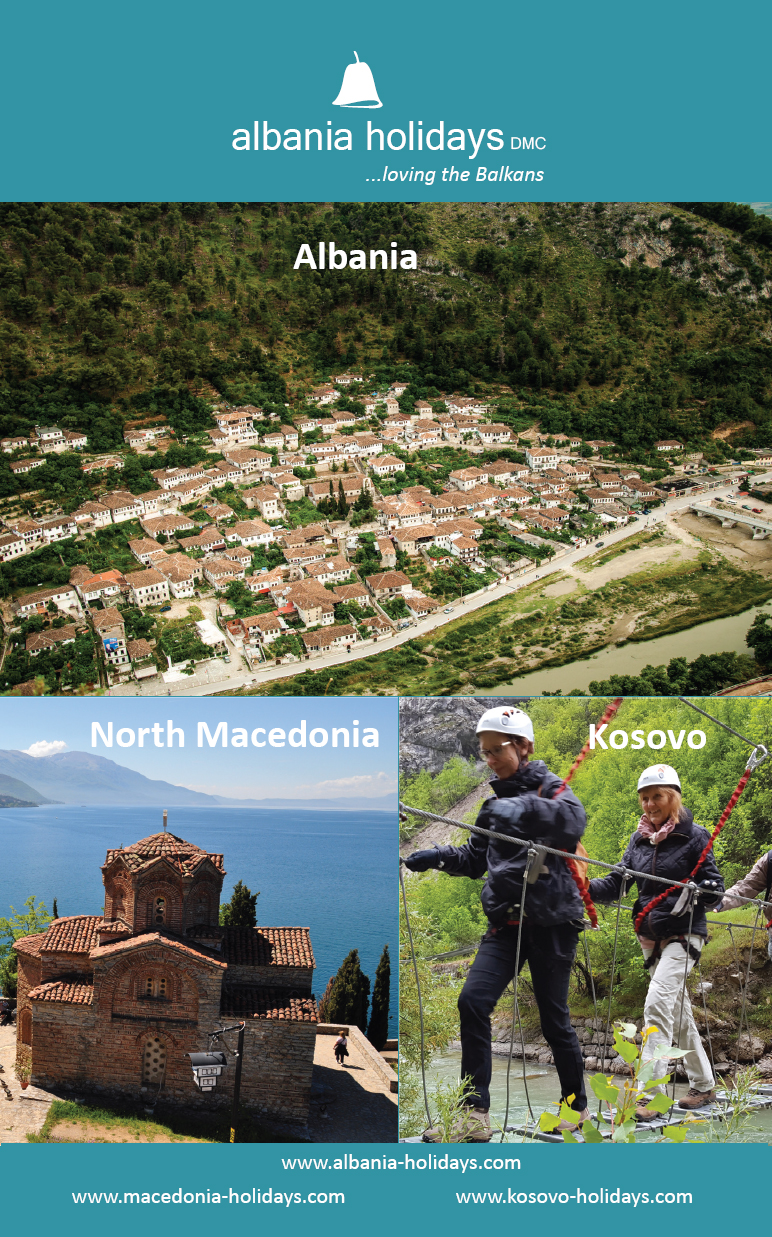
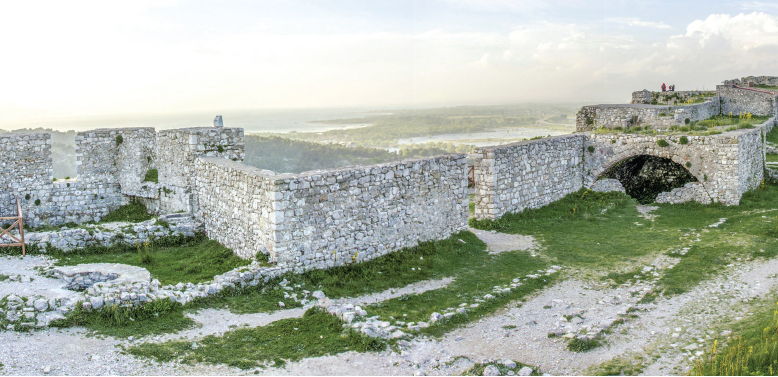
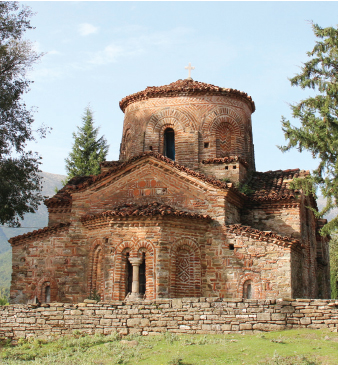
Southern Albania is studded with beautiful, neglected churches like this one at Kosina, near Prmeti (DD)
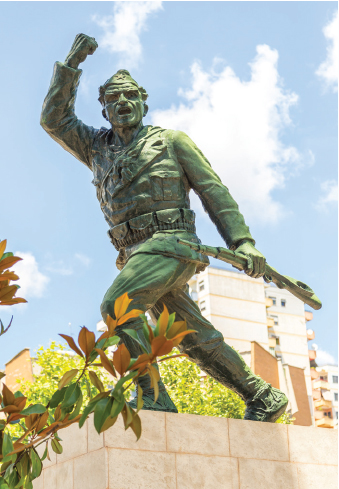

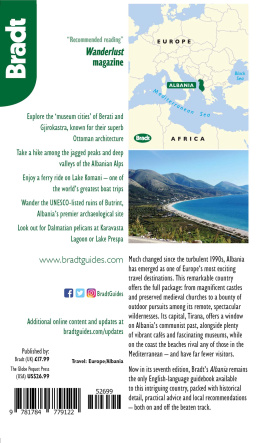
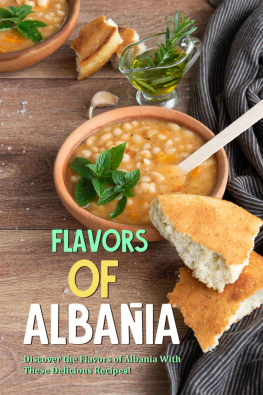


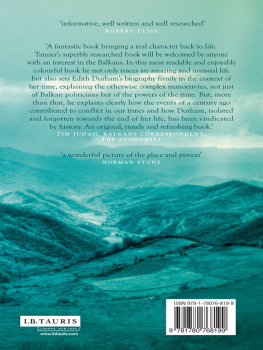
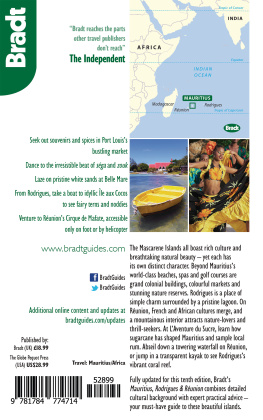
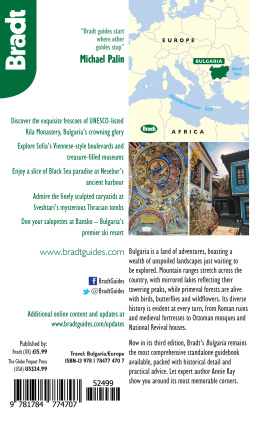
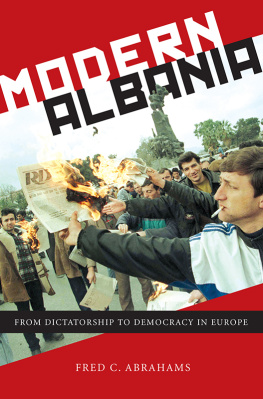
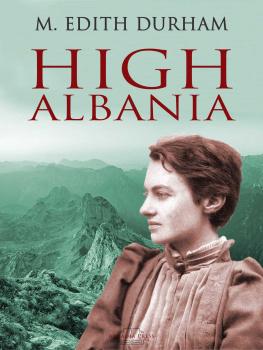
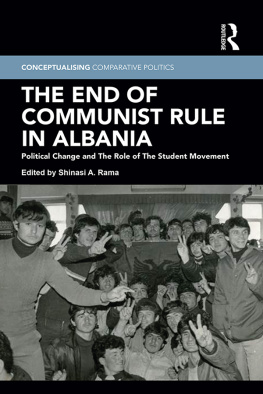




 .
.
















